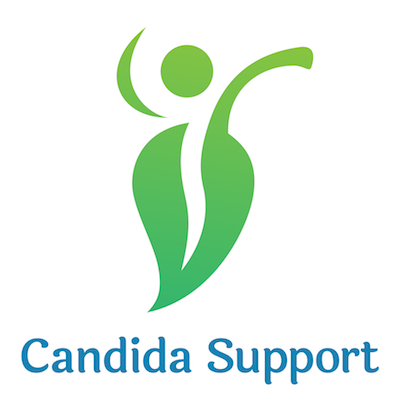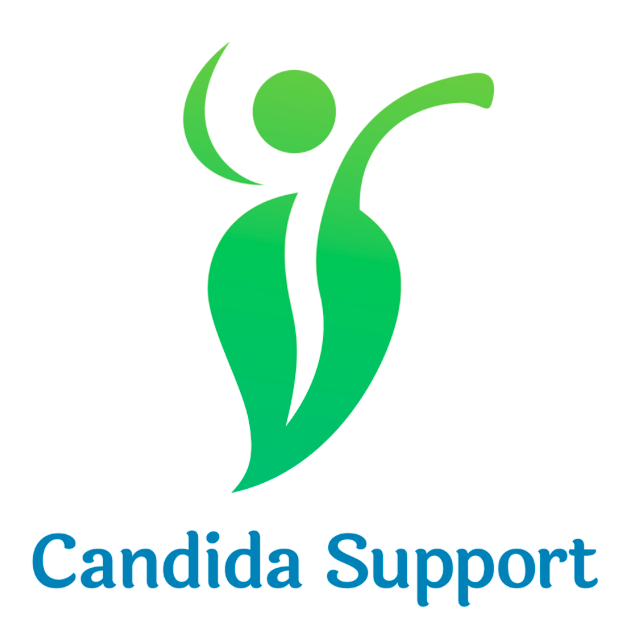Candida & Your Diet
You are in the process of dialing down your candida. Your ThreeLac™ and Candizolv™ are kicking in and you are starting to feel so-o-o much better – maybe you have been on the Candida Diet and are ready to leave it behind, but you still want to eat healthy. Here are a few simple things you can do to fine-tune your diet and rev up your nutrition. In this blog post, we’ll offer some tips in the form of quiz.
Answer the questions and then scroll to the bottom to see how you did!
True or False: It is absolutely necessary to be on the Candida Diet if you want to control your candida yeast overgrowth.
What is one thing I can do at the grocery store to make my diet healthier?
True or False: If a packaged product says “Natural” or “Healthy” or “Low Fat” or “No Sugar Added” it is a good, healthy choice.
You know that whole grains are better for you, and your local supermarket has a terrific sale on “Wheat” bread. Should you stock up?
Yogurt contains healthy probiotics, right? So you treat yourself to a fruit-on-the-bottom yogurt every day as a healthy snack.
True or False: When it comes to fruits and vegetables, organic is always a healthier choice and well worth the money.
My neighbor swears by bone broth and the Paleo diet and is busy making venison jerky. My cousin is eating according to her blood type and my best friend has been vegan for a year and says she has never felt better. Yikes – what is the “best” diet for me???
Answers:
False: Many people have experienced immediate relief by adhering to the Candida Diet, a very low carbohydrate (no sugar or alcohol, very little fruit, no grains but a small amount of brown rice, lots of veggies and animal protein). However, it is difficult to follow and any deviation can create a flare-up of symptoms. We have found that using Candizolv™ several times a year and ThreeLac™ as maintenance – AND eating a healthy, balanced diet, is just as effective in controlling symptoms of candida.
That’s easy: shop the perimeter. Grocery stores have a universal system of arranging their wares, and the whole food is always arranged around the walls of the store -- think the produce department, dairy, meat and fish. (Of course, now there is often a bakery on one wall, with those Long Johns and croissants staring you down . . . ) But back to the point, the center aisles and end caps are loaded with heavily processed snacks, soda pop, sugared cereal and all things that should go on the bottom of your shopping list – or off it completely. Yes, you may have to dart down one aisle for shampoo, maybe another for taco shells, nuts or coffee, but in general, stick to the edges and your health will thank you for it.
Not necessarily. The terms “Natural” and “Healthy” are not regulated in any way. Technically, a company could add petroleum jelly and toxic sludge to their packaged food and still call it “Natural” (we exaggerate, but still . . . ). You might think that not adding sugar is a good thing, but it usually a code word for artificial sweeteners. And “Low Fat” means either that there is an artificial fat added (like Olestra) or that the formula has upped the sugar to make up for the drop in flavor. Learn to read labels – they contain a wealth of information. And if possible, avoid packaged foods (see the answer to question #2, “Shop the Perimeter”).
Decode the label first: although it must indeed be “wheat” bread to call itself that, it may not be the whole grain bread it presents itself to be. Many inexpensive breads masquerade as whole grain, when in fact the first ingredient is “wheat flour” (usually bleached and bromated), followed by ingredients such as molasses, high fructose corn syrup and caramel coloring – all added to disguise the fact that you are really buying white bread in whole grain clothing.
Probiotics are great for everyone, not just people with candida. But be careful there: an 8-ounce serving of low-fat, sweetened, fruit flavored yogurt (never mind the chocolate, crème bruelé and caramel flavors) can contain as much as 47 grams of sugar, or 12 teaspoons (for comparison, a standard-sized Hershey Bar contains 26 grams of sugar; a cup of regular ice cream about 28 grams). If plain yogurt isn’t your cup of tea, try flavoring it with a half-teaspoon of vanilla and one teaspoon of sugar, or fresh fruit, or even one teaspoon of your favorite jam or jelly (still way less sugar).
True. And false. A handful of fruits and vegetables are heavily sprayed with pesticides, many of which contain neurotoxins and hormone disruptors (apples top this list, along with strawberries, peaches and sweet bell peppers). But other “conventionally-grown produce” contains little or no pesticide residue, and if you are trying to stretch your grocery dollar, may not be worth the price difference. The Environmental Working Group (ewg.org) offers a list each year of 100 fruits and vegetables, including those that are most contaminated (“The Dirty Dozen”) and least contaminated (“The Clean Fifteen”) and ranks all those in between by levels of pesticides. It is available on their website and as a mobile app.
This is where we all have to truly step up. Because no one, no doctor, no website, no book, can tell you the best diet for you. It is something you have to discover as you go along -- and, if that’s not challenging enough, it can change. Listen to your body. If you feel tired, or bloated, or meh, ask yourself, “What did I eat today”? Try not eating that food for a few days and compare how you feel without it. In the same way, if you have been cutting back on sugar, or adding protein, or upping your vegetable intake, and notice you are feeling great, note that as well. It is a process, but your body will tell you what it needs and what foods are creating a roadblock to health and healing.


